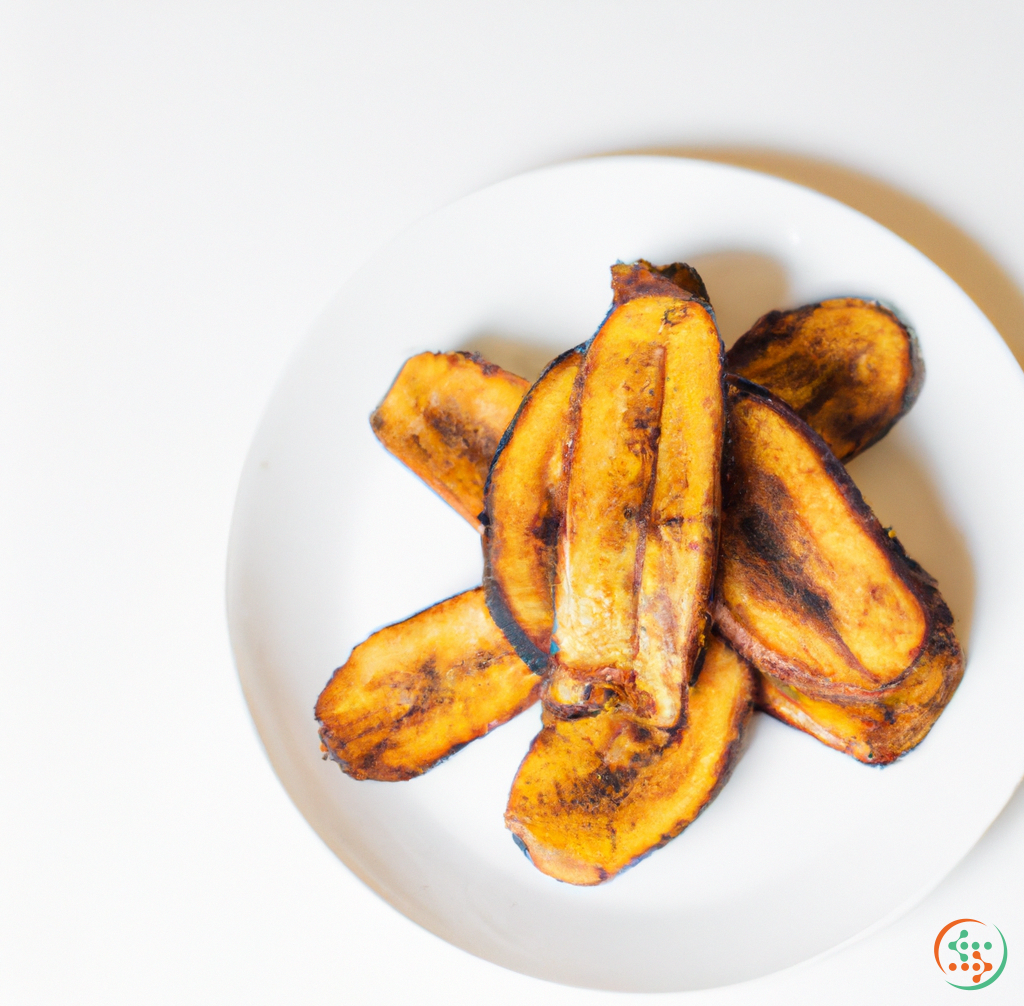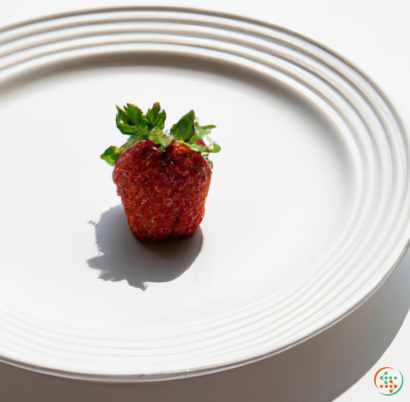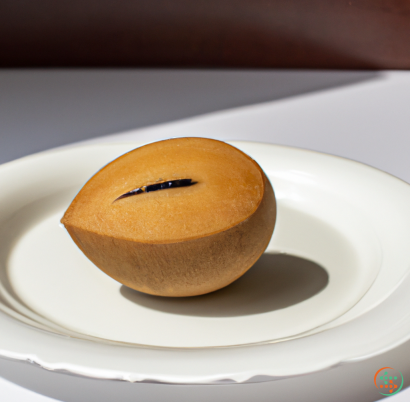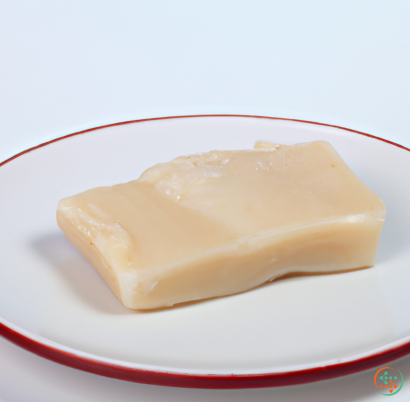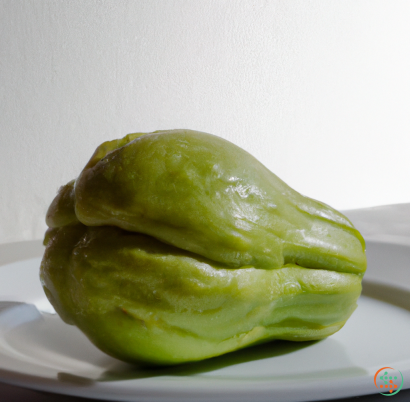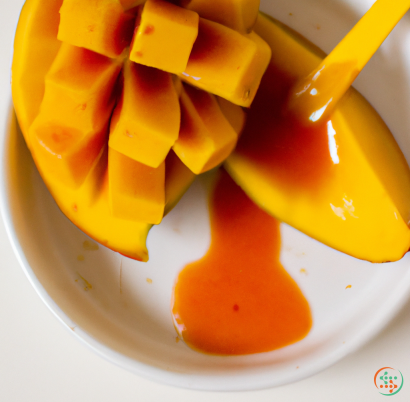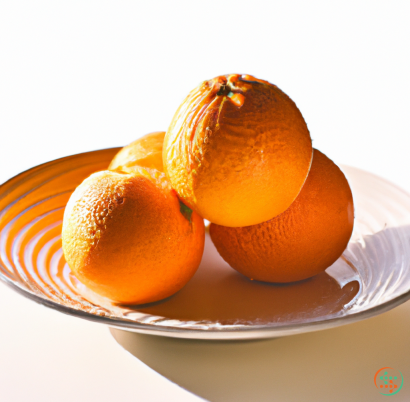Plantains
What is a Plantain? What are the Different Varieties of Plantains?
Plantains, known scientifically as Musa paradisiaca, are a type of starchy, banana-like fruit native to Indonesia, Africa, and Central and South America. They are closely related to the common yellow banana, and share a similar flavor profile, but vary in texture and starch content. This makes them especially suitable for cooking. Plantains are an important dietary staple in many parts of the world, acting as an excellent source of complex carbohydrates, minerals, vitamins, and fiber.
Plantains come in a few varieties, which vary in color, size, starchiness, and flavor. The most widely available type is the green plantain. These are bright green fruits that are characterized by a hard, firm peel and a sweet, starchy flavor. Green plantains can be eaten raw, but their main use is in cooked dishes. They can be boiled, fried, baked, or roasted, and are a common ingredient in Caribbean and Latin American cuisine.
Other popular varieties of plantains are yellow and black. Yellow plantains are ripe green plantains that have ripened and become yellow in color. They are softer than green plantains, with a more creamy texture, and their flavor is more sweet and mild. Yellow plantains are often eaten when they are still slightly green and crisp. When they are completely ripe, they are ideal for uses such as mashed plantains, sweet plantain desserts, or plantain chips.
Black plantains, on the other hand, are overripe yellow plantains that have been allowed to fully ripen until their skin turns black. The flesh of a black plantain is much softer and sweeter than that of a green or yellow one, making it ideal for smoothie or pudding recipes. It is also occasionally used as a stand-alone breakfast food.
It’s easy to see why plantains are so versatile, and there are plenty of creative ways to use them in cooking. Plantains can be added to stews, soups, curries, and stir fries to add body, flavor, and nutrition. They can also be mashed, cut into strips and fried, used to thicken sauces and gravies, or dried and turned into plantain chips. Plantains can even be used in place of potatoes to make a delicious crispy side dish.
Plantains are a great source of dietary fiber, vitamins, minerals, and complex carbohydrates. They are especially high in Vitamins A and C, magnesium, and potassium. These nutrients can help boost the immune system, regulate blood sugar, and maintain healthy bones and teeth. Plantains are also a good source of prebiotics, which help to feed the beneficial bacteria in the gut.
All in all, plantains are a nutritious and versatile ingredient that can be used in a wide variety of dishes. Their starchy, sweet flavor and creamy texture make them especially suitable for cooked dishes. Plantains are a great source of dietary fiber, vitamins, minerals, and complex carbohydrates, making them an excellent addition to a balanced diet.
Plantains–Travelling from Farm to Plate
Plantains have become an increasingly popular food source around the world. Characterized by their thick, yellow-green skin, plantains have a starchy, mildly sweet flavor. Plantains are an essential part of Latin American, African, and South Asian cuisines, and they’re gaining popularity in other cultures as well. But how do these plantains get from their origin on the farm to dinner plates around the world? The following article will discuss the process of getting plantains from the farm to your plate.
How Plantains Grow
Plantains are closely related to bananas, and in fact are considered a type of banana. Unlike most other fruits, plantains are usually harvested when mature and unripe. Species of wild bananas have been part of the human diet for thousands of years, and it is believed that some species of plantain originate from Indochina.
Plantain plants grow best in warm climates with consistent rainfall. The plant usually reaches maturity in about 10 months. Plantains trees produce the biggest yields in their second year of growth. Each tree yields an average of 500 bananas per season, or five to six bananas per plantain bunch. Each bunch may contain up to 150 plantain fruits.
When it comes to harvesting plantains, timing is essential. If the plantains are harvested too early, they won’t be sweet and they won’t store well; if they’re harvested too late, they may be too ripe and mushy to ship. In most countries, the optimal time to harvest is when the plantains are still firm, before yellow and brown mottling begins. The harvesting process is labor intensive and requires skilled workers, as plantains must be carefully picked by hand in order to minimize damage to the skin.
Processing and Packaging
Once the plantains have been harvested and brought back to the processing plant, they must be sorted, washed, and cleaned before they can be packaged. The plantain bunches are separated into individual fruit and sorted based on size, shape, color, and maturity level. The sorting process is necessary to ensure that all the plantains that make it into a shipment have similar ripeness levels.
Once the sorting is complete, the plantains must be washed. This is done by machine, and is done to remove any dirt and bacteria, as well as any remaining residues of pesticides and herbicides that may have been used during cultivation.
After they’ve been washed, the plantains must be dried and packaged. The drying process is done to make sure the plantains are free from any excess moisture that may have accumulated during washing, as this can lead to mold and rot. The dried plantains are then placed into bags, boxes, or crates for shipping. Depending on the destination, these bags may also be lined with wax paper or plastic wrap to help protect the plantains from any potential damage that could occur during shipping and handling.
Shipping and Distribution
At this point, the plantains are ready for shipment. Depending on the destination, the plantains are shipped via air, sea, rail, or road. Air shipping is the quickest option, but it is also the most expensive. Sea shipping is the most cost effective, but takes the longest time. Rail and road transportation typically take a middle ground between the two, in terms of time and cost.
Once the shipment has reached its destination, the plantains must be unloaded and stored. The plantains must be placed in a cool, dry, and well-ventilated space. If the temperature is too hot, the plantains can easily overripen and become mushy and unusable. They must also be stored at a consistent temperature, as fluctuations in temperature can cause the plantains to rot. If there is too much humidity, the plantains can also rot, so adequate ventilation is key to ensure that the plantains remain fresh.
Retail
At this point, the plantains are ready for retail. Plantain retailers typically get their plantains from distributors, who purchase them from the processing plants. The plantain retailers will inspect the plantains for color, shape, and ripeness, and select the ones that are most suitable for sale. Plantains tend to ripen quickly, so it’s important for retailers to keep track of the age of their inventory. Depending on the local climate, retailers may choose to ripen the plantains before they are sold, as this can make them more palatable.
In some countries, plantains are sold in bunches, while in others they are sold individually. They may be sold at grocery stores, farmer’s markets, and occasionally even at roadside stands. The plantains are sold to consumers, who can then use them to create a variety of dishes.
From Farm to Plate
So, there you have it – the process of getting plantains from farm to plate. Plantains may seem like an exotic food, but the process for getting them to our dinner tables involves many skilled workers, careful attention to detail, and consistent temperature control throughout the entire journey from farm to plate. As plantains continue to gain popularity in many regions around the world, the process of getting them from the farm to the plate will become increasingly important. After all, a great-tasting plantain-based dish begins with exceptional plantain fruits.
| Vitamin A | 0.056 mg | |
| Beta-Carotene | 0.457 mg | |
| Alpha-Carotene | 0.438 mg | |
| Vitamin E | 0.14 mg | |
| Vitamin K | 0.7 ug | |
| Vitamin C | 0.0184 grams | |
| Vitamin B1 | 0.05 mg | |
| Vitamin B2 | 0.05 mg | |
| Vitamin B3 | 0.69 mg | |
| Vitamin B4 | 0.0135 grams | |
| Vitamin B5 | 0.26 mg | |
| Vitamin B6 | 0.3 mg | |
| Vitamin B9 | 0.022 mg |
| Calcium | 0.003 grams |
Daily Value 1.3 g
|
| Iron | 0.6 mg |
Daily Value 0.018 g
|
| Magnesium | 0.037 grams |
Daily Value 0.4 g
|
| Phosphorus | 0.034 grams |
Daily Value 1.25 g
|
| Potassium | 0.499 grams |
Daily Value 4.7 g
|
| Sodium | 0.004 grams |
Daily Value 2.3 g
|
| Zinc | 0.14 mg |
Daily Value 0.011 g
|
| Copper | 0.08 mg |
Daily Value 0.9 mg
|
| Selenium | 0.0015 mg |
Daily Value 0.055 mg
|
| Tryptophan | 0.015 grams | |
| Threonine | 0.034 grams | |
| Isoleucine | 0.036 grams | |
| Leucine | 0.059 grams | |
| Lysine | 0.06 grams | |
| Methionine | 0.017 grams | |
| Cystine | 0.02 grams | |
| Phenylalanine | 0.044 grams | |
| Tyrosine | 0.032 grams | |
| Valine | 0.046 grams | |
| Arginine | 0.108 grams | |
| Histidine | 0.064 grams | |
| Alanine | 0.051 grams | |
| Aspartic Acid | 0.108 grams | |
| Glutamic Acid | 0.116 grams | |
| Glycine | 0.045 grams | |
| Proline | 0.05 grams | |
| Serine | 0.041 grams |
| Total Sugars | 0.131141 grams |
per 100g
|
| Palmitic acid (16:0) | 0.1 grams |
|
| Stearic acid (18:0) | 0.01 grams |
|
| Total Saturated fatty acids: | 0.11 g | |
| Oleic acid (18:1) | 0.02 grams |
|
| Palmitoleic acid (16:1) | 0.01 grams |
|
| Total Monounsaturated fatty acids: | 0.03 g | |
| Linolenic acid (18:3) | 0.03 grams |
|
| Linoleic acid (18:2) | 0.04 grams |
|
| Total Polyunsaturated fatty acids: | 0.07 g | |
